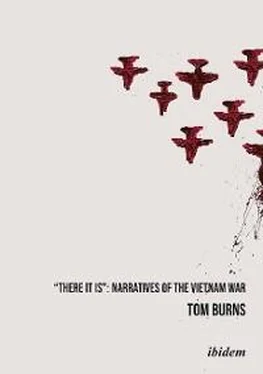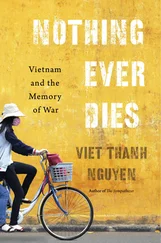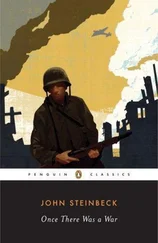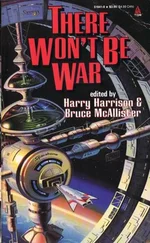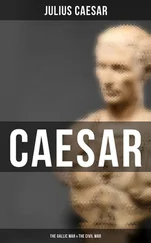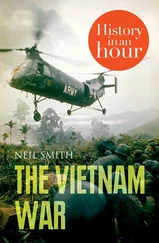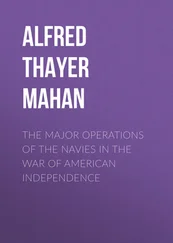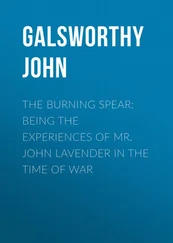We didn’t know what we really wanted, so we went in one toe at a time thinking the Vietnamese could do it themselves, with our support and know-how. It was an illusion…We’d have to take over. We’d run the war and run their economy and stabilize the government and secure the countryside. We knew we could do it, we didn’t have the will to do it then. But we have the will now. Those early days, we’re lucky we weren’t thrown out like the French were. Simple fact, we came in with too little (250).
As the narrator has observed in the first chapter of the novel, Joseph Conrad was one of Rostok’s favorite authors: “not the Conrad of the African jungles but the Conrad of the open seas” (5). He evidently means the Conrad of Lord Jim rather than of Heart of Darkness . Rostok, like Tuan Jim, is keen for adventure, “open to possibilities,” but unlike Jim not willing to give the rest of his life over to rectifying his mistake. And unlike Marlow in the latter work, he is unable to perceive the evil and violence of exploitation disguised as civilized benevolence.
Adventurism, in the sense of reckless intervention in a country by a foreign government, is applicable to the American characters of the novels examined in this chapter. They are “innocent” only in their inability to perceive possible outcomes that were unforeseen as a result of their patriotic enthusiasm and political ignorance. Like Pyle, Rostok chooses to ignore the death or ruin of people he means to help in spite of themselves. The Vietnamese are simply shouldered aside. Rostok’s proposed program can be summed up in his formula for the salvation of South Vietnam: “We’d have to take it over.” Taking over was what would come to be called the “Americanization” of the war.
1Young, Marilyn B., The Vietnam Wars 1945-1990 (New York: Harper’s, 1991), p. 38-48.
2Landsdale, Edward, “Report from Saigon Military Mission” (1954-55), in: Gettleman, Marvin E., Jane Franklin, Marilyn B. Young, and H. Bruce Franklin, Vietnam and America: A Documented History, Second Edition (New York: Grove Press, 1995), p. 83. In this document, Landsdale gives an account of the Saigon Military Mission’s activities, most of which were in violation of the Geneva accords.
3The Pentagon Papers, as Published by the New York Times, by Neil Sheehan, et al. (New York: Bantam edition, 1971), pp. 16-18; Young, The Vietnam Wars, p. 45; FitzGerald, Frances, Fire in the Lake: The Vietnamese and the Americans in Vietnam (Boston: Little, Brown & Co., 1970), pp. 76; Herring, George C. America’s Longest War: The United States and Vietnam 1950-1975. Second Edition (New York: Knopf, 1986), p. 44.
4The Pentagon Papers, p. 634.
5The Pentagon Papers p. 634.
6The Pentagon Papers, p. 634.
7Gettleman, et al., Vietnam and America: A Documented History, p. 83.
8Sheehan, Neil, A Bright Shining Lie—John Paul Vann and America in Vietnam (New York: Vintage Books, 1989), pp. 142.
9Sheehan, A Bright Shining Lie, p. 144.
10An early and ultimately prophetic analysis of Diem’s bizarre personality, family influence, undemocratic style of government, and self-defeating military policies was made by Stanley Karnow in The Reporter (Jan. 19, 1961), reprinted as “Diem Defeats His Own Best Troops,” in: Sheehan, Neil, et. al, Reporting Vietnam, vol. 1, Library of America, 1998, pp. 3-17.
11Herring, America’s Longest War, p. 51.
12Sheehan, A Bright Shining Lie, pp. 137-138.
13Sheehan, A Bright Shining Lie, p. 139.
14FitzGerald, Fire in the Lake, p. 80.
15Schulzinger, Robert D., A Time for War: The United States and Vietnam, 1941-1975 (Oxford University Press, 1997), p. 86; Sheehan, A Bright Shining Lie, p. 141.
16Sheehan, A Bright Shining Lie, p. 139.
17Herring, America’s Longest War, p. 76; Sheehan, A Bright Shining Lie, pp. 139; 182-183.
18Schulzinger, A Time for War, p. 99; FitzGerald, Fire in the Lake, p. 78; Herring, America’s Longest War, p. 76.
19FitzGerald, Fire in the Lake, p. 78.
20Halberstam, David, The Best and the Brightest (1969; New York: Ballantine, 1992). p. 172. For General Taylor’s report, see Document No. 27, “Taylor’s Summary of Findings on his Mission to South Vietnam,” and Document No.28, “Evaluations and Conclusions of Taylor’s Report on Vietnam,” Pentagon Papers, pp. 144-148.
21Schulzinger, A Time for War, pp. 107-111.
22Sheehan, A Bright Shining Lie, p. 138.
23Greene, The Quiet American (1955; Harmondsworth, Middlesex: Penguin, 1962), p. 34. Further page references to this edition of the novel will be given within parentheses.
24John Clark Pratt pinpoints the novel’s time frame more precisely, as the six months from September 1951 to February-March 1952. See Pratt, “Introduction” to the Viking Critical Edition of The Quiet American (New York: Penguin, 1996), p. xii.
25Kahin, George M., and John W. Lewis, The United States in Vietnam (New York: Dial Press, 1967), p. 32.
26Currey, Charles, Edward Landsdale: The Unquiet American (Boston: Houghton Mifflin, 1988.
27Gaspar, Charles J., “Edward Landsdale,” in: The Encyclopedia of the Vietnam War, ed. Spencer Tucker (New York: Oxford University Press, 2000), p. 153.
28Qtd. in Pratt, the Viking Critical Edition, p. 481.
29Qtd. in Pratt, the Viking Critical Edition, p. 321.
30Pratt, John Clark, “From the Fiction, Some Truths,” a Bibliographic Commentary, in: Lomperis, Timothy J., “Reading the Wind” The Literature of the Vietnam War: An Interpretative Critique (Durham: Duke University Press, 1987), p. 126.
31Pratt, “Introduction” to the Viking Critical Edition, p. xv.
32See Christopher Robbins, New York Times Book Review (June 18, 1989), p. 36, for Greene’s denials.
33Pratt, “Introduction” to the Viking Critical Edition, p. xv, emphasis in the original.
34Pratt, “Introduction” to the Viking Critical Edition, p. xv.
35Nashel, Jonathan, “Edward Landsdale and the American Attempt to Remake Southeast Asia, 1945-1965,” Ph.D dissertation, Rutgers University, 1994, qtd. in Pratt, Viking Critical Edition, p. 313. Nashel thinks that Landsdale was the prototype of another controversial American military legend, Lt. Col. Oliver North of the Iran hostage crisis.
36Pratt, “Introduction” to the Viking Critical Edition, p. xv, emphasis in the original.
37For example, by R.H. Miller, Understanding Graham Greene (University of South Carolina Press, 1990), p. 106.
38Miller, Understanding Graham Greene, p. 109, also reads the triangle as a political representation, calling it a “metonymy…for the larger struggle.”
39See Pratt, Viking Critical Edition, pp. 315-316.
40Herring, America’s Longest War, p. 25.
41Herring, America’s Longest War, p. 42.
42FitzGerald, Fire in the Lake, pp. 64-65.
43Gaston, George. The Pursuit of Salvation: A Critical Guide to the Novels of Graham Greene (Troy, N.Y: Whitson Publishing Co., 1984), p. 59.
44Malamet, Elliott, The World Remade: Graham Greene and the Art of Detection (New York: Peter Lang, 1998), p. 96.
45Gaston, The Pursuit of Salvation, p. 62.
46The text of Leibling’s review, “A Talkative Something or Other,” is reprinted in Pratt’s Viking Critical Edition, pp. 347-355.
47Atkins, John, Graham Greene. (London: Calder and Boyars, 1966), p. 232.
48The historian Schulzinger adopts the phrase “And to hell with everybody” for the title of Chapter 4, A Time for War, which deals with the American presence in Vietnam from 1954 to 1960.
49Pratt, “Introduction” to the Viking Critical Edition, p. xiii.
50Schulzinger, A Time for War p. 70.
51Greene, “Introduction,” The Quiet American (London: William Heineman, 1973), pp. xviii-xix.
Читать дальше
